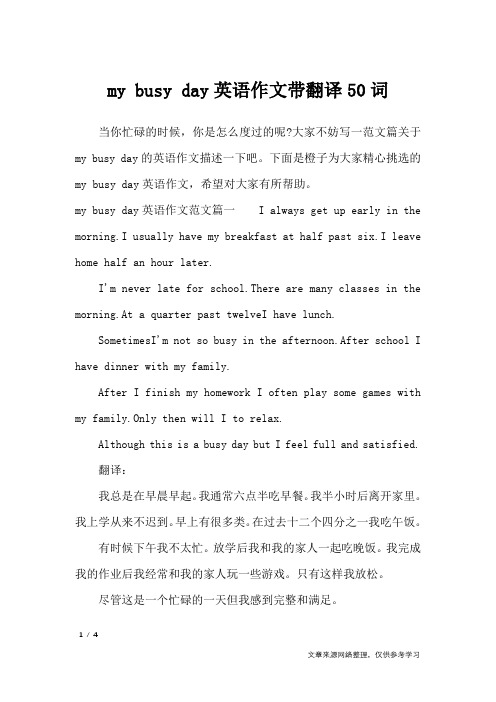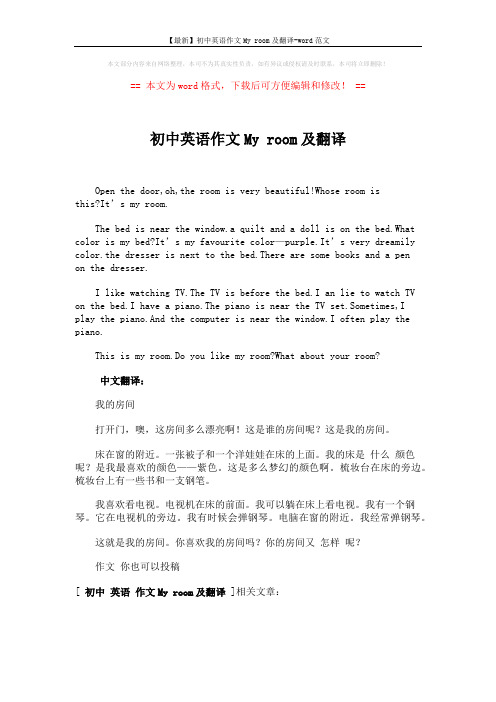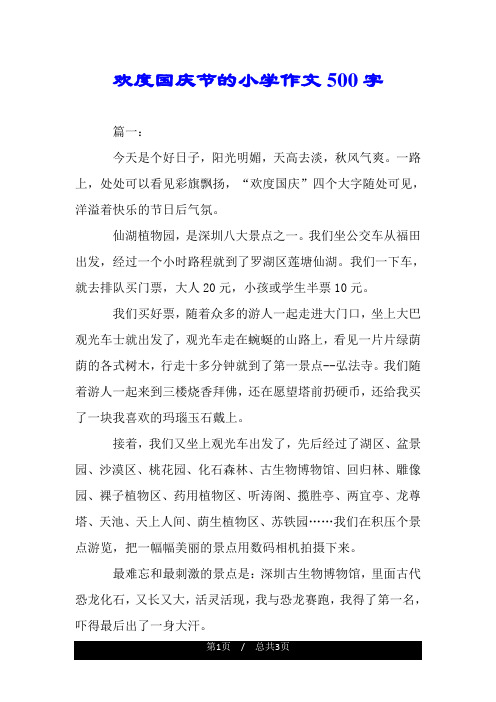关于中国结的英语作文(Chinese knots in English)
The Chinese knot is an important symbol of traditional Chinese culture. It has a long history and profound cultural connotations.

The Chinese knot, also known as the traditional decorative knot, is an ancient form of art passed down through generations. It was born in the long river of history, with its origins dating back to ancient times. In the early days, it was not only a practical tool but also carried rich spiritual significance. For example, it was often used in ancient architecture to decorate gates, windows, and beams. The intricate knot patterns added a touch of elegance and mystery to the buildings. It also appeared on clothing and accessories, reflecting the exquisite taste and unique aesthetics of the people of that time. As time went on, the Chinese knot gradually evolved into a purely artistic and cultural symbol, representing the wisdom and creativity of the Chinese people.
One of the most remarkable features of the Chinese knot is its diverse and beautiful forms. There are various types of knots, each with its own unique shape and meaning. The most common one is the "button knot," which is simple and yet elegant. Its shape resembles a button, hence the name. It is often used as a basic unit in other complex knots. Another famous type is the "double coin knot." As the name suggests, it looks like two coins tied together. This knot symbolizes wealth and prosperity, making it a popular choice for gifts and decorations during festivals. In addition, there are many other intricate knots such as the "peacock knot," which, with its spreading tail feathers, represents beauty and good fortune; and the "diamond knot," which has a dazzling appearance and is associated with strength and perseverance. These different knots can be combined in countless ways, creating a vast array of patterns. Just like a painter uses different colors to create beautiful paintings, the Chinese knot artisans use these knots as their "colors" to weave wonderful artistic worlds. For instance, a large wall hanging made of Chinese knots can depict scenes from nature, legends, or even express abstract concepts.
The cultural significance of the Chinese knot cannot be overemphasized. In Chinese traditional culture, it is closely related to many aspects of life. During festivals and celebrations, the Chinese knot is an essential element of decoration. On the Spring Festival, for example, families hang red Chinese knots in their homes. Red is a lucky color in Chinese culture, and the combination of the color and the knot brings a festive atmosphere and auspicious blessings. It is believed that the Chinese knot can ward off evil spirits and bring good luck. Moreover, the Chinese knot is often used in weddings. The newlyweds' room is adorned with various knots, symbolizing a happy and harmonious marriage. The intertwining of the knots represents the union of the couple and their shared future. It is also seen in many traditional handicrafts, such as fans, brooches, and hair accessories. These handicrafts not only have practical functions but also serve as carriers of cultural heritage, spreading the charm of the Chinese knot far and wide.

In modern society, the Chinese knot still holds an important position. With the global spread of Chinese culture, more and more people from around the world have come to appreciate the beauty of the Chinese knot. It has become a bridge for cultural exchange, allowing foreigners to better understand Chinese traditions and values. Many international fashion designers also incorporate elements of the Chinese knot into their designs, giving this ancient art a new lease on life in the modern fashion world. However, we should also be aware of the need to preserve and promote the traditional techniques of making Chinese knots. With the advancement of technology, some of the old methods may be at risk of being forgotten. We should encourage young artisans to learn and master these skills, ensuring that the art of the Chinese knot continues to thrive for generations to come. Only by doing so can we keep this treasure of traditional Chinese culture alive and let it shine brightly in the new era.
更多精彩》



